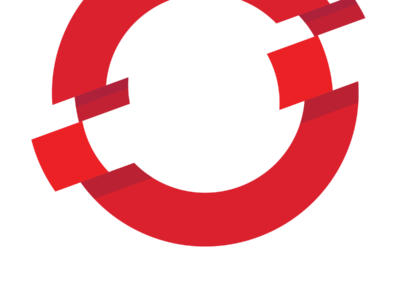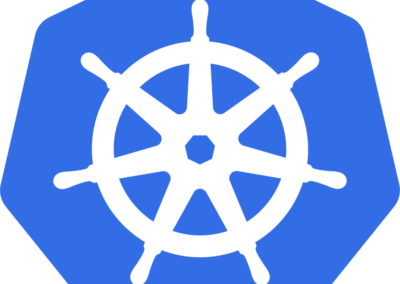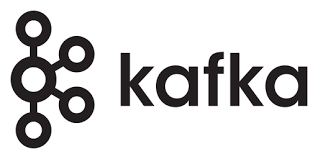Use Case Retail
Smart tagging
One of the main issues our e-commerce client was facing was not knowing at detail all products they have. This issue was caused because of the many buyers, stores, sale countries and the huge amount of products this company sales across the world and different tenants (Zara, Pull and Bear, Oysho..). The solution was called Smart Tagging, a way of tagging producto features, so they could be defined by them.
I.e: If we are talking about a garment with long sleeves, leather material, zipper and a neckline, we can imagine we are talking about a jacket.
Challenges
Managing product tagging at scale across multiple brands, languages, and stakeholders is a complex challenge that requires automation, accuracy, and seamless integration.
Tag providers
Ensuring the reliability and consistency of multiple tag providers, from AI-based vision models to manually curated tags, while maintaining data quality
Tag curation
Filtering and refining automatically generated tags to remove inaccuracies and improve relevance, ensuring they accurately represent product features.
Tag translations (49 languages)
Managing the translation of tags across 49 languages while preserving semantic accuracy and contextual relevance for international markets.
Solution
We used several tag providers:
- Vision model: API calls to an instance of GPT4-visión deployed in Azure to describe product features based on images.
- NLP model: Bigram model used to extract tags based on the name and descriptions of products.
- Groups: “Manual” tag provider, used by commercial agents to provide subjective tags (“Party”).
Tech stack
Results
Aditional recommended products when item is added to cart, are fueled by our tags.
Web stores
Color selectors are provided by our tags
Zara
Search engine in its web store is fueled by our tags
Vision model
External provider succesfully replaced by our vision model.









